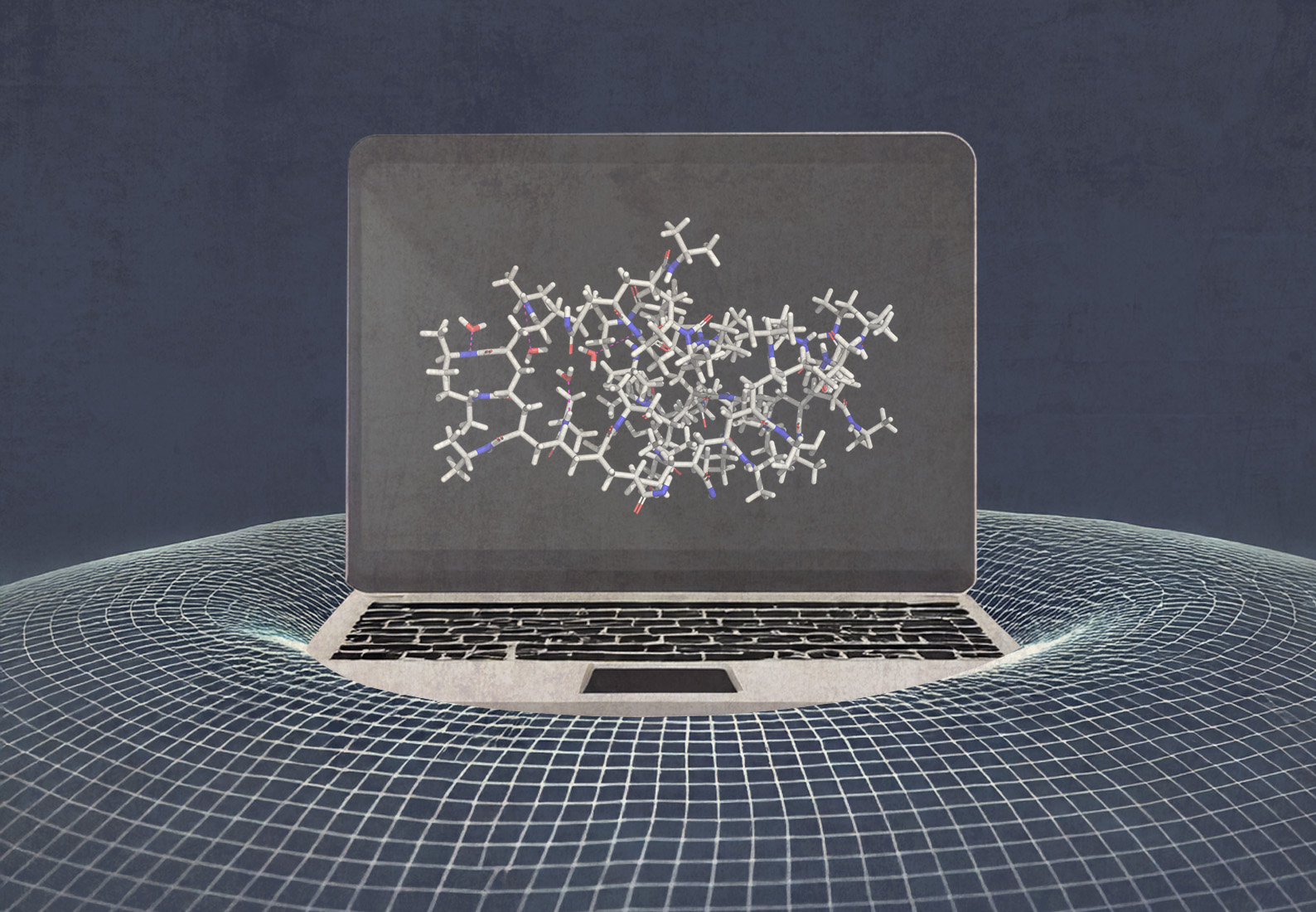We are witnessing a shift toward a computational “predict-first” approach to drug discovery and materials science research. Digital chemistry is enabling teams to rapidly test hypotheses and design ideas through in silico testing. Importantly, computational solutions such as Schrödinger’s FEP+ are now approaching experimental accuracy – meaning they are becoming true “computational assays” for prediction of key molecular properties, such as binding affinity. This is driven, in part, by Schrödinger’s game-changing force field developments over the last 20 years, and exemplified by the recent launch of OPLS5, a force field that offers expanded capabilities, including modeling polarizability and ligand-metal interactions.
To better understand the impact of force fields on molecular design, we recently talked to Schrödinger’s Edward Harder, who has led force field development at the company since 2009.
What are force fields, and what is their significance in modern computational chemistry?
Force fields are computational models used in molecular dynamics simulations and other molecular modeling calculations to describe the interactions of atoms and molecules. Having an accurate force field is at the heart of obtaining useful molecular structures and predicting relative energies, as force fields directly impact the accuracy of free energy calculations, such as FEP+. As discovery teams tackle ever more challenging problems, from molecular interactions in biological systems to those in materials design, teams require up-to-date, highly accurate computational solutions.
Can you describe how this technology has advanced over the years?
Schrödinger’s force field was built upon the OPLS force field of Jorgensen and colleagues. We have focused on building highly accurate, modern force fields with comprehensive coverage of chemical space – from the launch of OPLS2.1 in 2014 through OPLS5 today. All of the improvements have expanded the domain of applicability and accuracy of molecular dynamics-based simulations in real-world applications, including drug discovery.

What new functionality does OPLS5 unlock?
OPLS5 adds explicit polarization to address long-standing difficulties with modeling cation-pi interactions, which play an important role in molecular recognition and catalysis, and challenging interactions involving charged groups, both of which can significantly influence the binding of drugs to their biological targets. Additionally, in a forthcoming release, the model will include further advances to the functional form to enable more accurate modeling of transition metal systems.
OPLS5 has also proven to be accurate and reliable across a variety of molecules and targets relevant to modern drug discovery efforts. In our recent study, the OPLS5 force field excelled in binding contexts where the fixed-charge approximation breaks down while maintaining the same excellent level of accuracy otherwise. Excitingly, in this work OPLS5 was validated using what we believe is the largest and most diverse protein-ligand binding data set that has ever been assembled for these purposes, including well over 1,000 small molecules and more than 50 proteins, and further extended to include additional systems particularly sensitive to the inclusion of polarization effects.
How do Schrödinger’s force fields handle modern discovery challenges, such as the complexity of large biomolecules?
With the addition of polarizability, OPLS5 extends the accuracy and reliability of FEP+ to classes of molecular interaction previously out of reach for this type of model. For example, project teams would shy away from utilizing an application like FEP+ to explore design ideas impacted by cation-pi interactions. OPLS5 removes this limitation. Further, the new physical model introduced for metals expands the domain of applicability of FEP+ to a new target class, metalloenzymes, and opens up new opportunities to use these methods in materials science applications. This brings us closer to our vision of enabling discovery teams to fully explore chemical space.
What’s next for force field advancement? What challenges do you plan to tackle in the future?
While we have made significant advances in OPLS5 with the new metals capabilities (which will be available to users in the coming months), there is still work to do to extend its coverage and improve its speed. We are also intrigued by the advances being made by machine learned force fields and the possibility of pairing them with OPLS5 to solve problems where chemical reactivity plays a role in the context of biomolecules.
Read our recent preprint: OPLS5: Addition of Polarizability and Improved Treatment of Metals.











